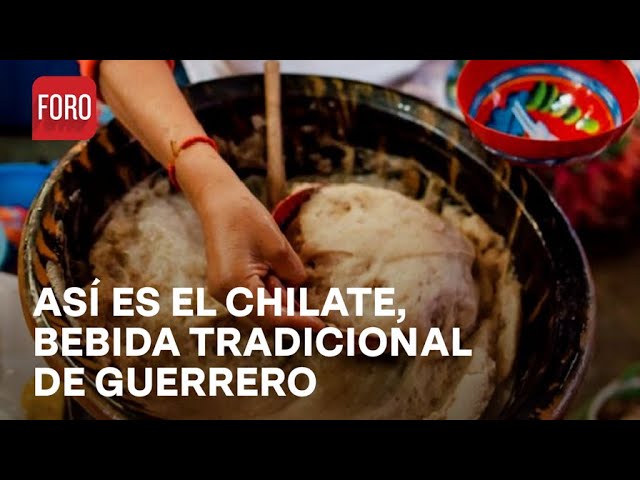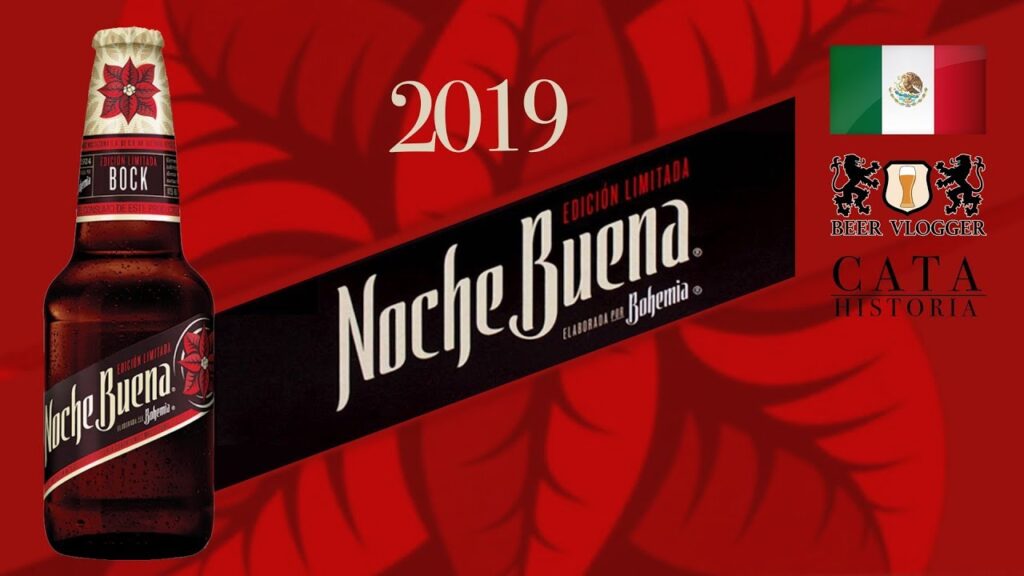Exploring the Roots of Chilate: The Pre-Hispanic Drink of Mexico’s Costa Chica
Chilate holds a special place in the hearts and culture of the people residing along the Costa Chica, a beautiful stretch of coastline in southern Mexico. This ancient beverage predates the Spanish conquest, and its preparation and consumption have been passed down through generations. Made from a blend of ground cacao, rice, cinnamon, and piloncillo (unrefined cane sugar), Chilate offers a unique glimpse into the culinary traditions of Mexico’s indigenous communities. The drink’s earthy flavors and refreshing qualities make it a beloved treat, particularly during the warm summer months.
The roots of Chilate can be traced back to the indigenous peoples of Mexico, who revered cacao as a gift from the gods. Long before it was a mere ingredient in sweets, cacao was esteemed for its energizing properties and role in various rituals and ceremonies. In Costa Chica, cacao is more than just a crop; it is a vital component of social and cultural identity. The Chilate recipe has been fine-tuned over centuries, and although each family might have their own secret touch, the essence of the drink remains a testament to its pre-Hispanic origins.
The process of making Chilate is both an art and a community event. The cacao pods are first harvested from the region’s small-scale cacao farms and then roasted to release their deep flavors. After peeling, the cacao beans are ground together with rice and cinnamon, the aroma of which fills the air during communal gatherings. This mixture is then combined with water and piloncillo, often stirred with a traditional wooden implement known as a ‘molinillo’ until it reaches the perfect frothy consistency.
Despite modern influences and the passing of time, Chilate remains a symbol of resilience and pride among the communities of Costa Chica. Travelers seeking to immerse themselves in local traditions are welcomed with open arms to share in the experience of making and savoring Chilate. The drink is usually served in gourd bowls, further connecting it to the earth and celebrating the region’s natural bounty. As visitors partake in this ancestral beverage, they are reminded of the rich tapestry of history and culture that flavors every sip of Chilate.
The Cultural Significance of Chilate in Guerrero’s Traditions
The state of Guerrero, located on Mexico’s lush Pacific coast, is a region steeped in rich traditions and cultural expressions. Among the myriad practices that define its unique character, the making and consumption of Chilate stand out as a testament to the area’s vibrant culinary heritage. This traditional beverage, crafted from a special mix of cocoa, rice, cinnamon, and sugar, is more than just a refreshing treat; it is a symbol of community and history.
Chilate holds a special place in the hearts of Guerrero’s residents. Originally, the drink was associated with ceremonial occasions and religious events. Today, it continues to be a staple during major festivals and gatherings, serving as a delicious link to the past. The preparation of Chilate is often a communal activity, with knowledge and techniques being passed down from one generation to the next, safeguarding the tradition and the deep-running family ties it represents.
In the streets of Guerrero’s towns and villages, vendors known as chilateros can often be found, diligently grinding the cocoa beans on a metate – a stone grinding table inherited from Mexico’s indigenous ancestors. The rhythmic movement involved in the grinding process not only contributes to the rich, smooth texture that Chilate is known for but also serves as a dance of sorts, connecting the chilateros to their heritage and the land that provides their sustenance.
Beyond its role as a communal beverage, Chilate encapsulates the blend of indigenous and Spanish influences that form a cornerstone of Guerrero’s collective identity. The use of native cocoa and the European-introduced rice and cinnamon highlight the syncretic nature of local customs and gastronomy. Each sip of Chilate offers a flavorful journey through the complex layers of history and culture that have shaped the region.
During the rainy season, when the climate of Guerrero turns particularly humid and the atmosphere is charged with the promise of fertile lands, Chilate’s popularity soars. It serves not only as a delicious refreshment but also as a comforting reminder of the endurance of tradition through the changing seasons. Whether consumed alone or accompanied by sweets such as buñuelos or tamales, Chilate remains a potent emblem of Guerrero’s cultural narrative.
How to Make Chilate: A Guide to the Traditional Beverage
When traveling through the tropical regions of Mexico, particularly in states like Guerrero and Chiapas, you may encounter locals sipping a unique and refreshing drink known as Chilate. This traditional beverage, deeply rooted in the country’s culinary heritage, offers an exotic blend of flavors and an insight into the rich customs of local communities.
Chilate is typically made from a mixture of ground rice, cocoa, cinnamon, and sometimes, black pepper. The process of creating this drink is fascinating, as it involves several steps that begin with the selection of ingredients renowned for their quality and aroma. In a truly traditional setting, a special stone grinder called a “metate” is used to grind these components together, allowing for the release of aromatic oils and flavors that contribute to Chilate’s distinctive taste.
Once the dry ingredients are finely ground into a paste, they are mixed with water to create a smooth and homogenous liquid. The drink is then poured back and forth between two containers to aerate and froth it up before being sweetened with sugar to taste. Chilate is best served cold, making it an ideal refreshment for the warm climates from which it hails, and is often enjoyed in the company of friends and family, reflecting the communal spirit of Mexican culture.
Discovering the Unique Flavors of Guerrero’s Chilate
The southern state of Guerrero, nestled along Mexico’s picturesque Pacific coast, is a treasure trove of culinary delights, and one of its most traditional beverages is Chilate. This rustic and hearty drink dates back to the pre-Columbian era, and it’s a reflection of Guerrero’s rich culture and history. The preparation is an art passed down through generations, involving local cocoa, rice, and cinnamon sticks, which are ground together to form the base.
Visitors to the region will find Chilate a refreshing change from their typical drinks. In contrast to the sweet, milky hot chocolates that many are accustomed to, Chilate is served cold, making it especially popular in the warm, tropical climate of Guerrero. Each sip offers a symphony of flavors, from the deep, earthy tones of the cocoa to the aromatic whisper of cinnamon, all complemented by a subtle, underlying grainy texture from the rice.
The best places to experience authentic Chilate are the local markets or “mercados,” where vendors serve it in traditional hand-painted clay cups. Accompanied by a plate of anise-flavored “biscochos” or a handful of “tamarindo” sweets, sipping Chilate here is more than just a treat for the taste buds; it’s a genuine cultural immersion. As the flavors swirl together in your mouth, they bring you closer to understanding the heart and soul of Guerrero’s gastronomy.
Chilate: A Taste of Costa Chica’s Heritage and Adventure
The intriguing flavors of Costa Chica are many, but none quite embody the region’s rich cultural tapestry like chilate. Rooted in traditions that span centuries, chilate is not just a refreshing beverage; it is a liquid homage to the indigenous peoples of Guerrero and Oaxaca. This rustic and invigorating concoction typically combines ground cocoa, rice, cinnamon, and sometimes, seeds of the native ‘rosita de cacao’, creating a unique, frothy drink that is as delightful to the palate as it is to the soul.
Traditionally served in earthenware cups called ‘jicaras’, chilate connects those who sip it to the earthy essence of Costa Chica. The beverage has long been an integral part of community gatherings and special occasions, often accompanied by local sweets or savory tamales. Sharing chilate isn’t merely about taste; it’s about sharing stories, laughter, and the kindred spirit of adventure that defines the people of this spectacular region.
Beyond the joy of its distinctive flavor, chilate serves as a testament to the fusion of pre-Hispanic and Spanish influences that shape the palate of Costa Chica. Local vendors, who are often women, carry forward the timeless heritage of chilate-making with both skill and personal flair. Visitors can witness this craft in markets and street corners, each offering an opportunity to not only taste but also glean insight into the cultural fabric that weaves together this vibrant community.
Embarking on a journey through Costa Chica invariably leads to the discovery of endless natural wonders—from breathtaking beaches to lush, verdant mountains. But among these awe-inspiring sights, pausing to enjoy a cup of chilate can often be the moment that truly captures the heart. It is, after all, in these moments of simple pleasure that the spirit of adventure and the essence of heritage come together, offering a taste of Costa Chica that lingers long after the journey has ended.



